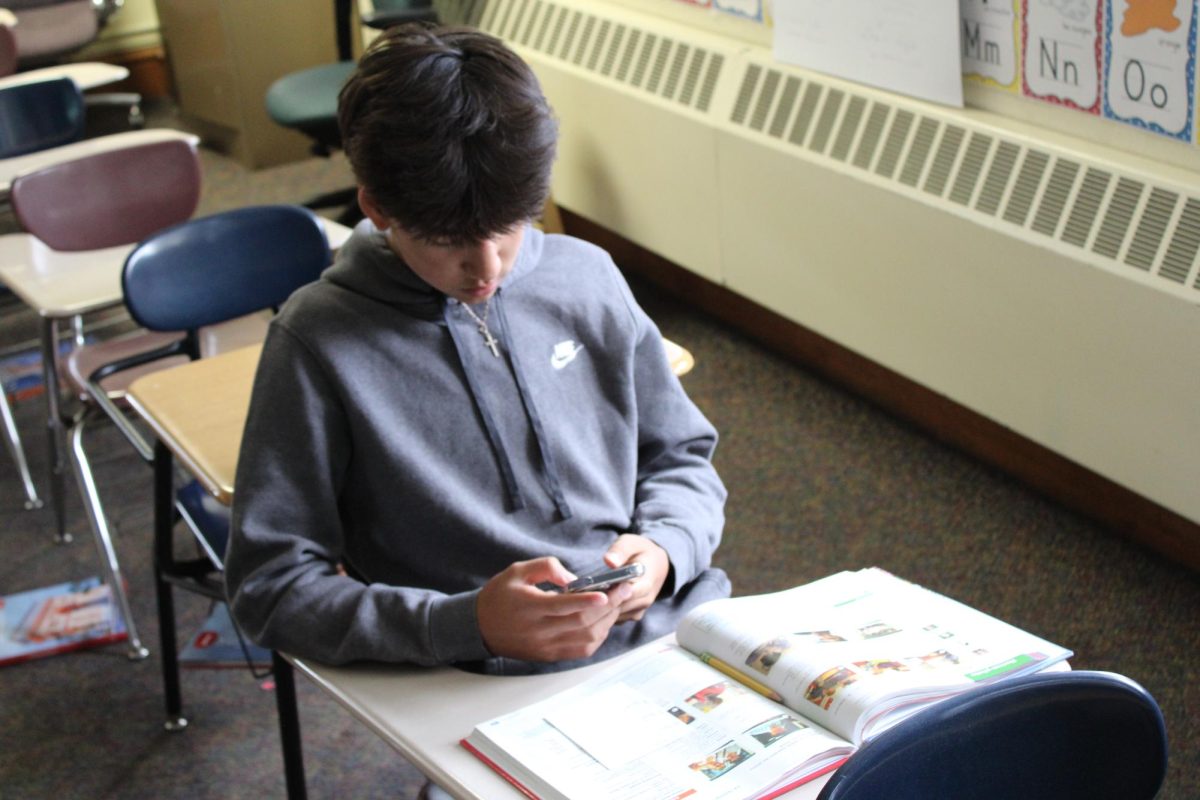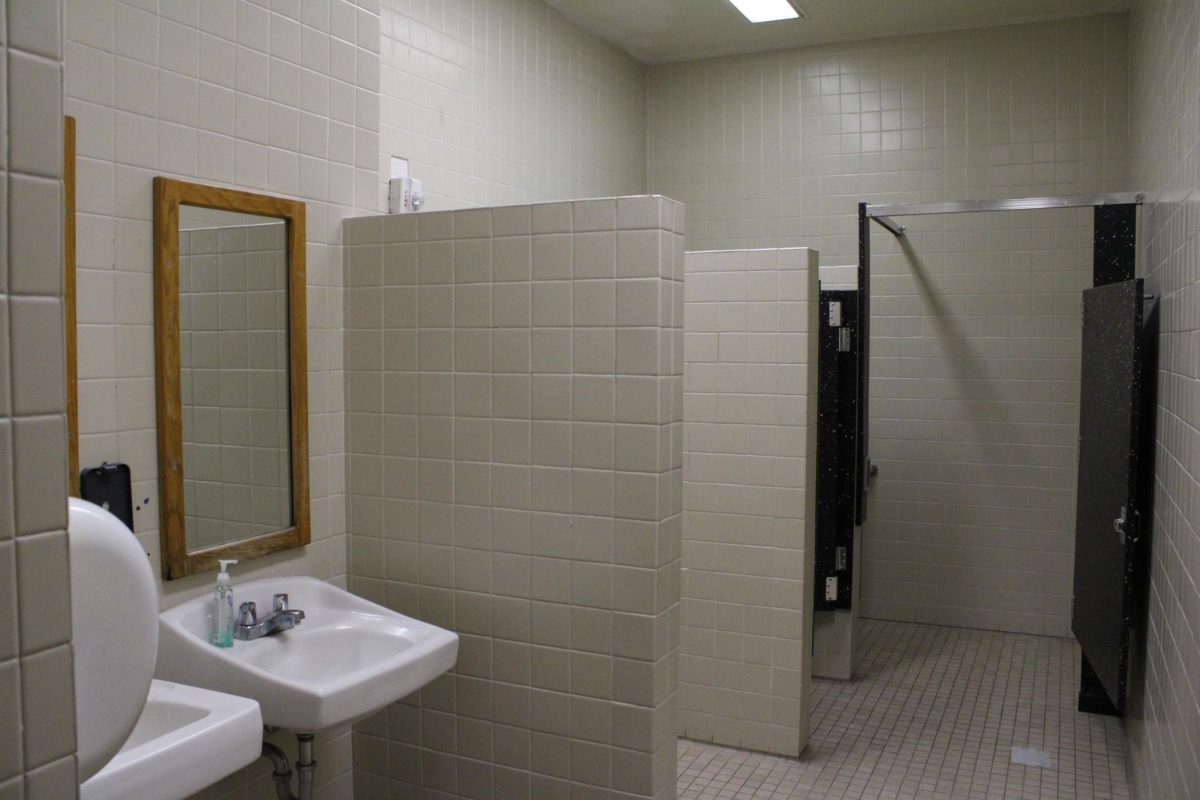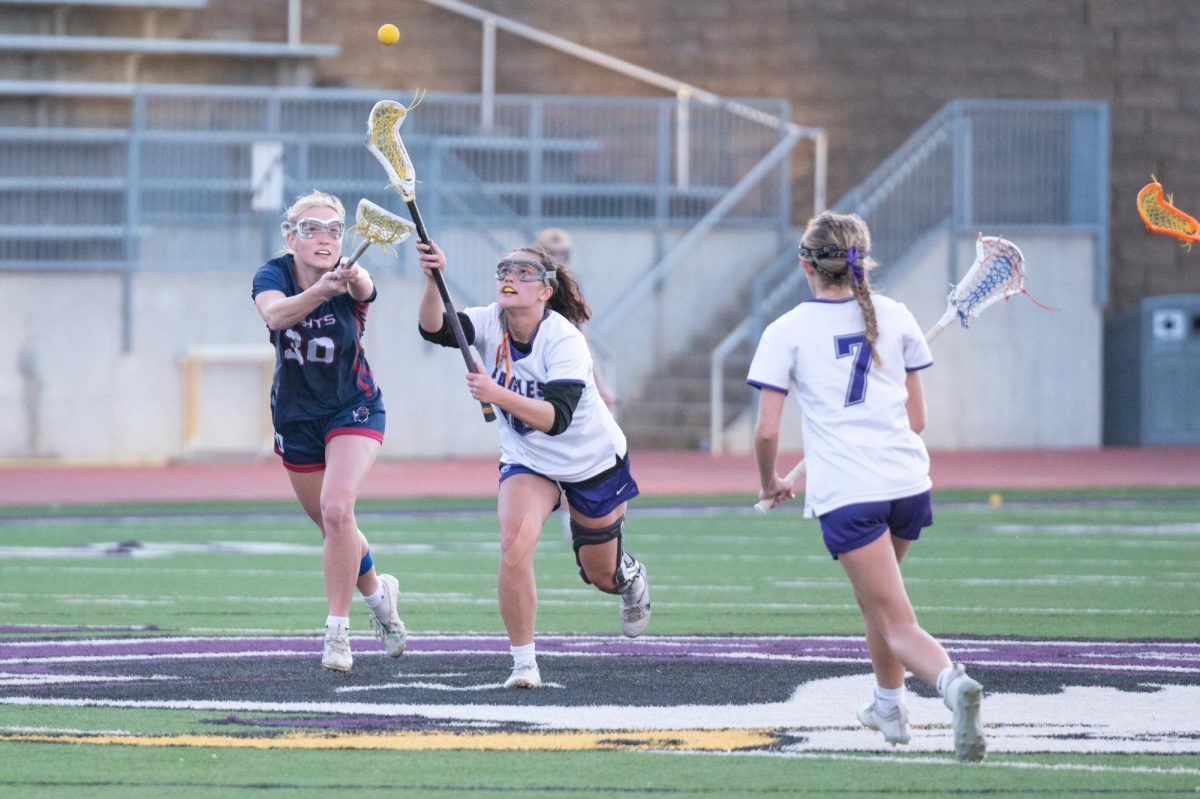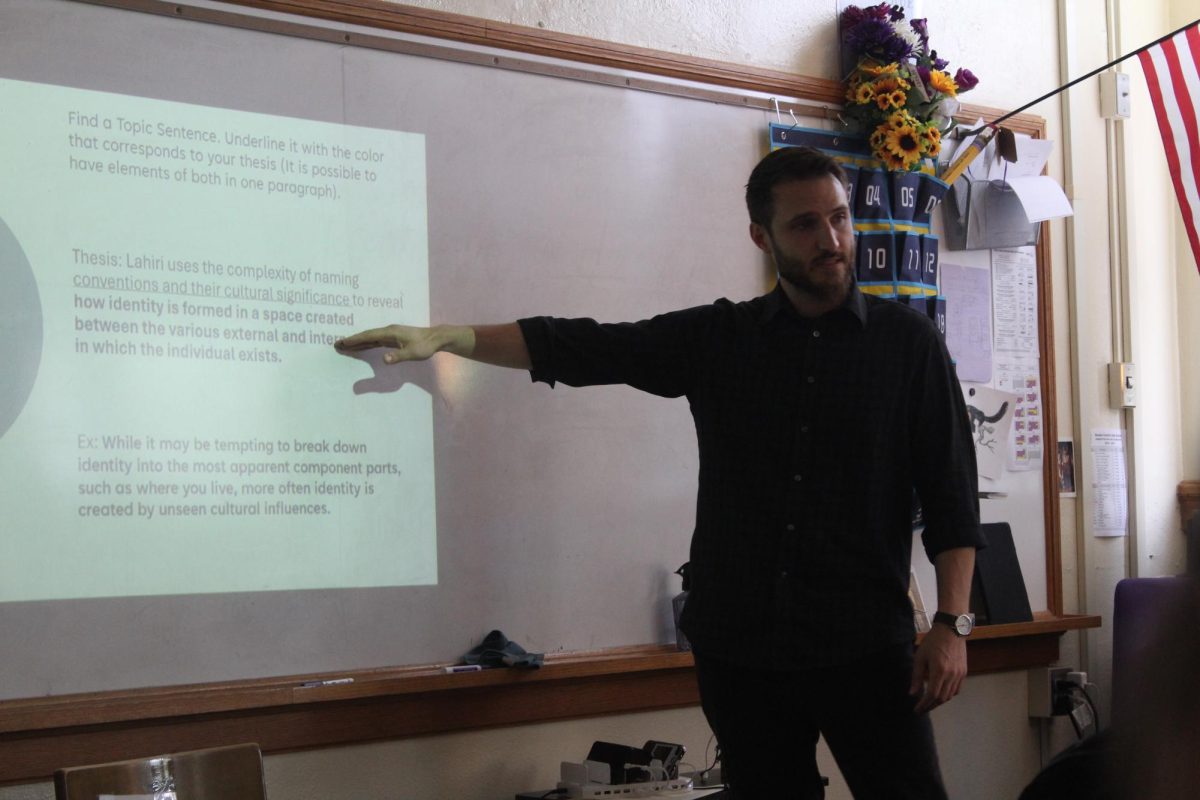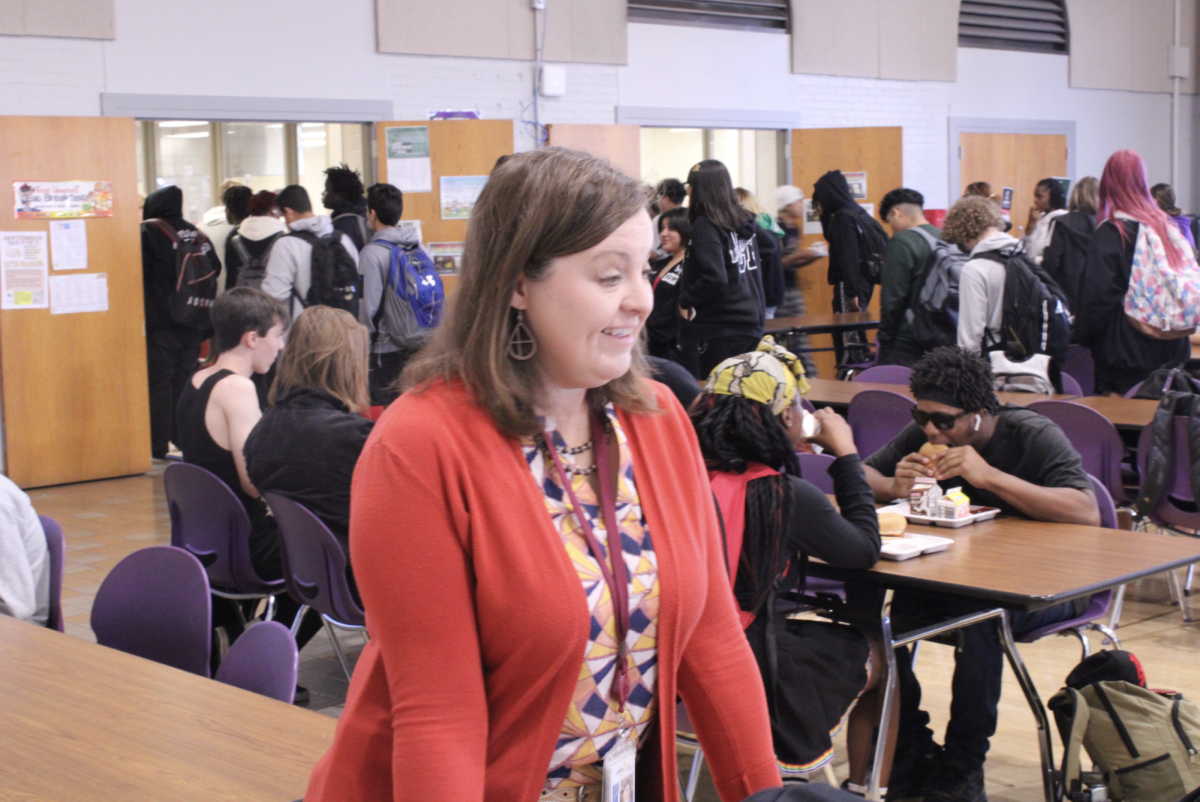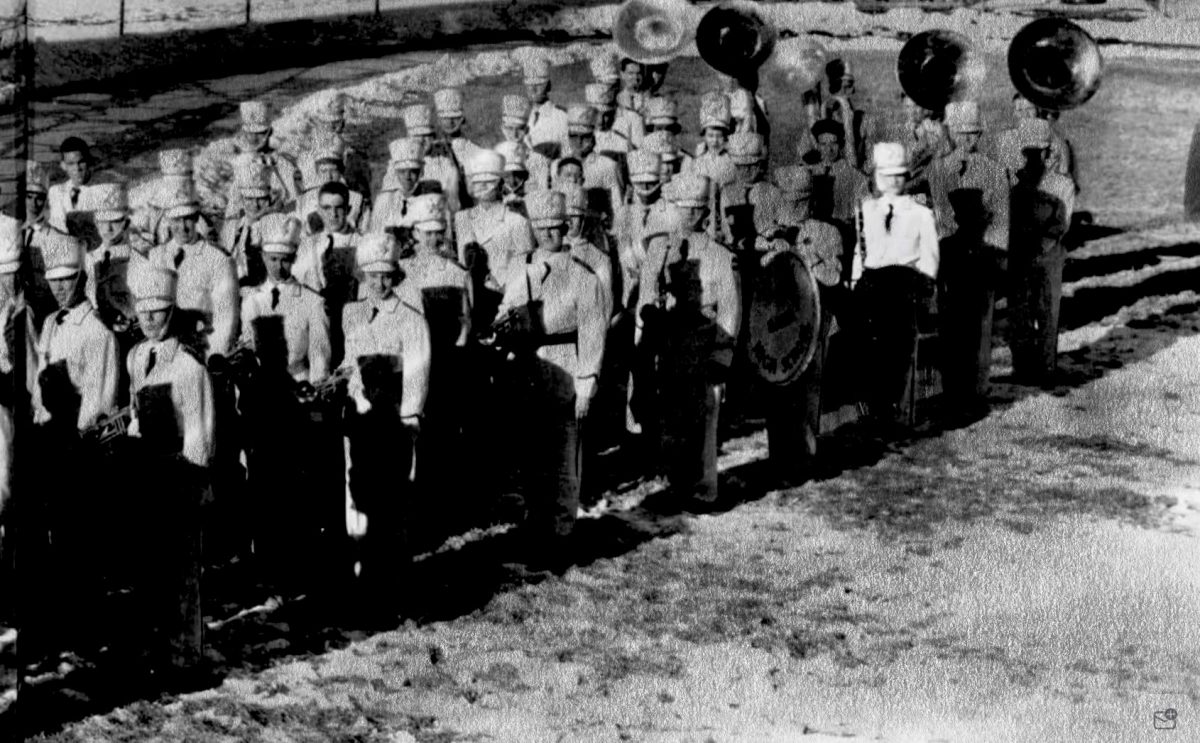Board approves extended school day, does not consult parents, teachers

October 19, 2015
Extra instructional minutes were added for all OPS students in June, just before the beginning of the 2015-2016 school year. Middle schools and high schools extended their days by 20 minutes, while elementary schools added 25 minutes.
A needs analysis created by the district, made public in 2013, showed some alarming statistics as to how much time students in OPS were being taught compared to surrounding districts. Despite the benefits of extra instructional time for students, parents and teachers have voiced opposition. Some teachers and parents felt they were uninformed about the changes, which has been a major reason why the changes have been met with controversy.
The needs analysis of OPS showed that, on average, students in OPS receive 61.17 less hours of instructional time compared to the average of most school districts in the Omaha area, on all education levels. On the high school level, it averages to 71.47 less hours of instructional time. OPS came in last in instructional time compared to surrounding school districts.
To school board president Lou Ann Goding, it was quite eye-opening. “It was a big concern for us,” Goding said. “It means we were shorting our students [on average] ten days of instructional time per year.” That would mean over the course of a student’s time in OPS, they will miss out on 130 days of lesson time compared to other school districts like Lincoln, which stood out as having the most average instructional minutes of all surveyed eastern Nebraska school districts.
In elementary school, less instructional time can impact a student’s ability to gain an understanding of math and develop reading skills. The question Goding and the school board thought about was a simple alternative to spending money on summer school programs for students across OPS. “If we beefed up the instructional time, would it help us to be able to provide additional resources to our students?” Through research, the school board found that adding more days to the school year did not necessarily mean more quality instructional time. “Adding minutes to the day does, because [teachers] are taking more time covering a topic,” said Goding. For a school district with the highest rate of student poverty in the Omaha learning community, Goding felt it was an obvious choice to approve the additional minutes. “For us not to provide 130 days of instruction over the course of their time with us is a travesty,” Goding said.
The additional minutes were approved with a 5-3 vote in the school board. Goding was one of five board members who voted in favor of the additional minutes.
Marian Fey, Marque Snow and Justin Wayne voted in opposition of the changes. Snow felt that the board did not adequately inform the public, and the process was flawed.
“It was not brought up correctly,” Snow said. “If we really want to have more time in the classroom and work with kids and figure out how to make it work, we need to be like, ‘What are we doing with the current time allotted with the kids now that we are not utilizing correctly?'” As for Central, the extra twenty minutes during the school day translates to two more minutes per period, which has led many to wonder how much high school kids are benefitting, particularly at the high school level.
Some middle schools have used the extra time differently; such as having a time for additional reading, or other options voted on by the teachers of those middle schools.
Buffett Middle School decided to add an advisory program to their schedule, with certain days being put toward helping students bond with each other and create conversation, and other days where students can finish homework and ask teachers questions.
About high schools not having these types of periods, Goding said, “High schools certainly could have looked at it that way, to add an additional amount [of time] to some kind of support system at the end of the day, or something like that. It is really up to the leadership of those respective high schools; it is their minutes, they can use them however they want to. We just wanted to make sure that they could use [the time] effectively and we were expanding the opportunities for our kids.”
Principal Ed Bennett decided on adding the extra time to each period, instead of having an extra twenty minute period. “I don’t think our teachers mind the couple of extra minutes each period they have now to make that last point or to touch base with students and make sure they understand their homework assignments, so I think the time is being well spent,” he said.
However, Snow believes that adding a program that would be more meaningful could have been an option for all schools, if they were given enough time. “You look at some of the high schools, most of it is like, ‘Alright, you get some extra traveling time through the hallways,’ it really was not thoughtfully planned out,” Snow said. In his opinion, programs should be tailored to the needs of different schools across the district. “You are talking about a self-assessment of each principal going into their classrooms and assessing what are they doing in the classroom that they can kind of tweak before they add another piece [of time] onto that,” Snow said.
Timing was a factor in the decision. Bennett felt like staff and teachers would not have adequate time to develop a good way to use the extra time. “We would need to brainstorm possible programs, research their effectiveness in other schools, identify and then customize a program that we think would work for Central students, identify a committee to lead that program, and train our staff to make it successful for our students,” Bennett said.
Since most staff members were not on duty when the changes were announced, Bennett did not have enough time to come up with a program to not only benefit students, but also meet the standards of Central. “If we expect excellence from our students, we have to model excellence as adults and there was no way to create an excellent program in the time available,” Bennett said.
However, these added minutes to the school day caused problems with transportation and making sure students get to school on time. According to Goding, the district spends $40,000 for every bus that is sent to pick up students. However, if those buses don’t have adequate time to turn around and pick up elementary students after dropping off secondary students, it costs an additional $40,000 to send another bus (figures are in annual terms). If those buses are used twice, it costs only an additional $8,000 to pick up elementary school students.
Those buses need roughly an hour and ten minutes of turnaround time in order to make sure elementary school students can have breakfast. “It became a big challenge, because we had to make sure those times were effectively planned out so that we could ensure the correct turnaround time,” Goding said.
Snow felt the transportation issues only hurt the students even more, because it’s an additional twenty minutes from the time kids leave school to the time they get home. “The way traffic is in Omaha, it pushes that kid back further trying to get home, and buses are running later because of that. A lot of that stuff could have been avoided, if we waited and did some research and figured out how late kids are getting home,” said Snow.
To help combat these challenges, the board passed a new student assignment plan in the same board meeting. Currently, OPS offers transportation to 60 elementary schools. With the new student assignment plan, starting in the 2017-2018 school year, students will have ten elementary schools to choose from which provide transportation. On the middle school level, the amount of schools with transportation will be cut in half. High school transportation will remain the same. “I have a hope and desire that we will be able to more efficiently transport students and someday tweak the start times,” Goding said.
Goding believes that within two years, OPS might have transportation figured out to the point where start times can be moved so that elementary students do not leave as late in the day. Currently, elementary schools release at 4:05 p.m. “I have been an elementary school parent, and I understand the challenge of that [time],” Goding said. The only solution to fix that problem was to make high school students start at 7:30 a.m. “I felt like asking high school kids who already need more sleep to come to school ten minutes earlier was not the best solution,” she said.
However, Goding understands that many parents were not ready for the changes in scheduling, and she felt that the district could have done a better job of informing parents. As for teachers, the changes were not entirely a surprise. When the Omaha Education Association (OEA) teachers’ union negotiated their recent contracts last spring, they agreed to not oppose including instructional minutes and put that decision in the hands of the district.
Snow feels like there could have been a better community outreach. It could signify a problem with OPS and its public relations, in his opinion. “I’m just saying, bring these options up so that the community can be well informed in its effectiveness, and also when you add twenty minutes onto the day, we can’t measure if that’s going to be effective or not,” he said. “At the end of the day, that’s what we got. Something that happened over the summer, people were not paying attention to it, research was not done on [the time] correctly, and when you do things like that, you have to do a campaign.”
In the future, Goding knows the school board will need to focus on better informing parents and the public. “Going forward, we need to make sure we communicate. We want to make sure when there are big impacts to families that we do better on communicating those types of things.”


